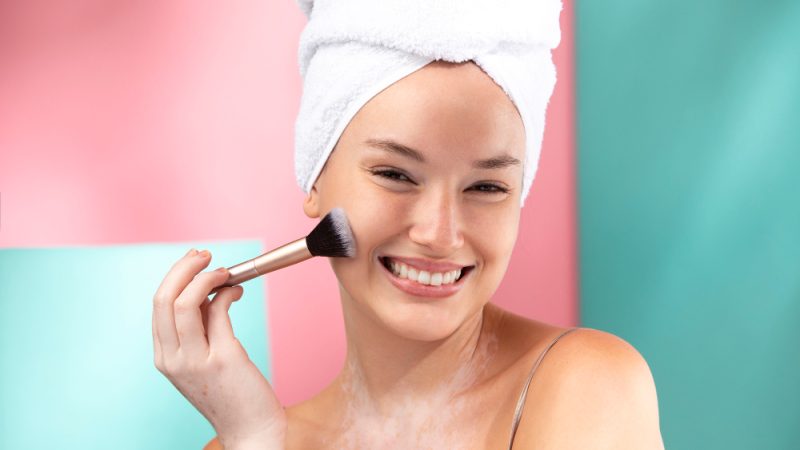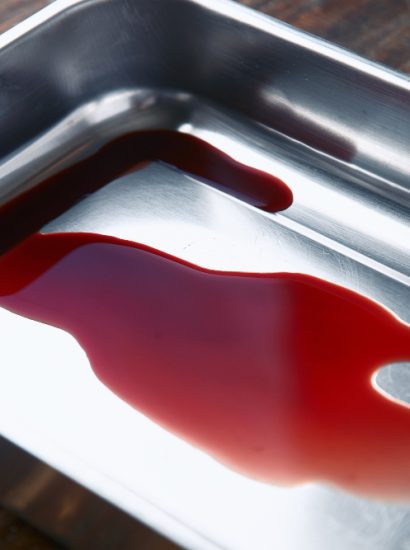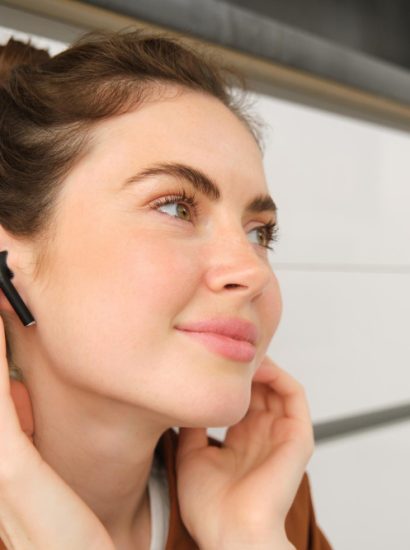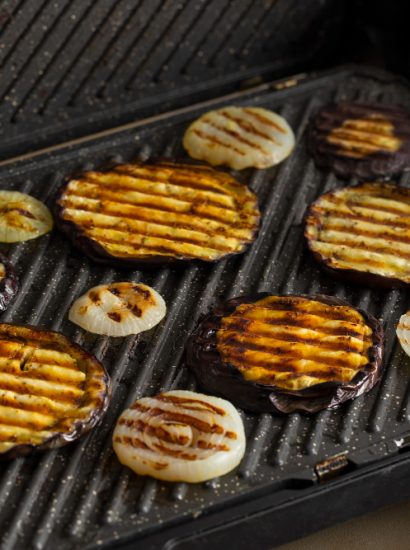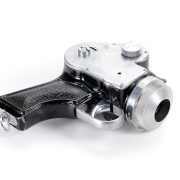When it comes to skincare and makeup routines, one of the most common questions people ask is: Should I apply makeup primer before or after sunscreen? Getting the order wrong can compromise your skin’s protection and affect how your makeup looks throughout the day.
The truth is, sunscreen should always be the last step in your skincare routine and applied before makeup primer. In this article, we’ll break down why the order matters, the science behind sunscreen, and how to properly layer products for maximum sun protection and flawless makeup application.
What Is Sunscreen and Why Does It Come First?
Sunscreen is a protective product designed to shield your skin from UV rays. It prevents sunburn, premature aging, and reduces the risk of skin cancer.
Since sunscreen acts as a protective barrier, it needs to sit directly on your skin (after moisturizer) to work effectively. Applying primer or makeup underneath sunscreen can dilute or block its protection.
What Is Makeup Primer?
A makeup primer is a cosmetic product used to create a smooth base for foundation. Primers can:
- Blur pores and fine lines.
- Control oil and shine.
- Extend makeup wear.
- Provide hydration or mattifying effects depending on the formula.
Unlike sunscreen, primer doesn’t protect your skin — its job is to enhance the appearance and longevity of your makeup.
The Correct Order: Sunscreen Before Primer
The golden rule of layering is:
Skincare → Sunscreen → Primer → Makeup.
This ensures:
- Your skin is fully protected from UV rays.
- Primer and foundation adhere smoothly on top.
- Sunscreen’s effectiveness is not compromised.
Why Sunscreen Shouldn’t Go on Top of Primer
If you apply sunscreen over primer, you risk:
- Uneven coverage (leading to sun-exposed patches).
- Sunscreen mixing with primer, reducing SPF effectiveness.
- Makeup pilling or clumping.
For true sun protection, sunscreen needs direct contact with skin.
Chemical vs. Mineral Sunscreens and How They Affect Layering
The type of sunscreen you use also influences how it interacts with primer.
- Chemical Sunscreens: Absorb UV rays and must be absorbed into the skin. Apply them and wait a few minutes before primer.
- Mineral Sunscreens (Physical): Contain zinc oxide or titanium dioxide and sit on the surface of the skin, reflecting UV rays. They may leave a white cast but layer well under primer.
How to Apply Sunscreen and Primer Together (Step by Step)
Here’s a foolproof routine:
- Cleanser – Start with a clean face.
- Moisturizer – Hydrate and prep the skin.
- Sunscreen – Apply a generous, even layer (about ½ teaspoon for face and neck).
- Wait 2–3 Minutes – Let sunscreen set and absorb properly.
- Primer – Apply a pea-sized amount over sunscreen, focusing on areas with texture or oiliness.
- Foundation/Makeup – Continue your routine.
Common Mistakes to Avoid
- Using too little sunscreen – Always apply enough to get full SPF protection.
- Mixing sunscreen with primer or foundation – This dilutes both products.
- Skipping sunscreen indoors – UV rays can penetrate windows.
- Applying primer first – This reduces sunscreen effectiveness.
Can You Use a Primer With SPF Instead?
Some primers contain SPF, but they are not a substitute for sunscreen. Here’s why:
- SPF in makeup or primer is often applied too thinly to offer true protection.
- You’d need a thick layer of primer (much more than you normally use) to achieve labeled SPF.
- Sunscreen is specifically tested for sun protection, while makeup primers are not.
It’s best to use a dedicated sunscreen plus a primer for optimal results.
Choosing the Right Primer for Your Sunscreen
Not all primers pair well with every sunscreen. For a smooth application:
- Use hydrating primers with mattifying sunscreens to balance dryness.
- Pair oil-control primers with dewy sunscreens if you have oily skin.
- Avoid silicone-heavy primers if your sunscreen tends to pill.
Always test combinations to see which works best for your skin type.
Expert Tips for Long-Lasting Protection and Makeup
- Reapply sunscreen every 2–3 hours if you’re outdoors (use SPF sprays or powders over makeup).
- Opt for lightweight sunscreens that won’t feel greasy under primer.
- Look for non-comedogenic formulas if you’re prone to breakouts.
- Give sunscreen time to set before applying primer.
Conclusion
So, should you apply makeup primer before or after sunscreen? The answer is clear: sunscreen first, primer second. Sunscreen must be the final step in your skincare routine to protect your skin effectively, while primer serves as the first step of your makeup routine.
By layering correctly, you’ll not only keep your skin safe from harmful UV rays but also enjoy smooth, long-lasting makeup. Remember, healthy skin is the best foundation for any beauty look.
FAQs
1. Do I need primer if I wear sunscreen?
Primer is optional, but sunscreen is essential. Primer enhances makeup, while sunscreen protects skin health.
2. Can I skip moisturizer and apply sunscreen directly?
Yes, if your sunscreen is moisturizing enough. However, dry skin types may still benefit from moisturizer underneath.
3. How long should I wait between sunscreen and primer?
Wait at least 2–3 minutes to let sunscreen absorb before applying primer.
4. Can I use foundation with SPF instead of sunscreen?
No, because most people don’t apply enough foundation to get full SPF coverage. Always use dedicated sunscreen.
5. What’s the best sunscreen for makeup wearers?
Lightweight, non-greasy, fast-absorbing sunscreens (gel or fluid formulas) are ideal under makeup.
Also read: Parts of a Pocket Watch: Complete Guide to Components & Functions

